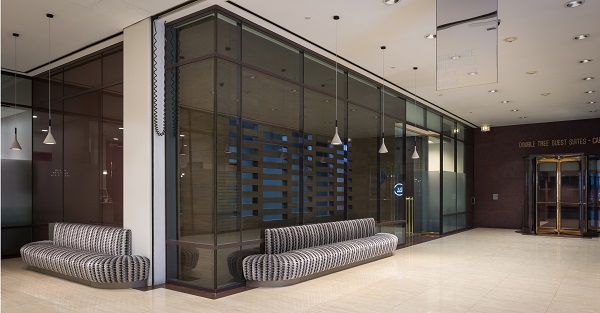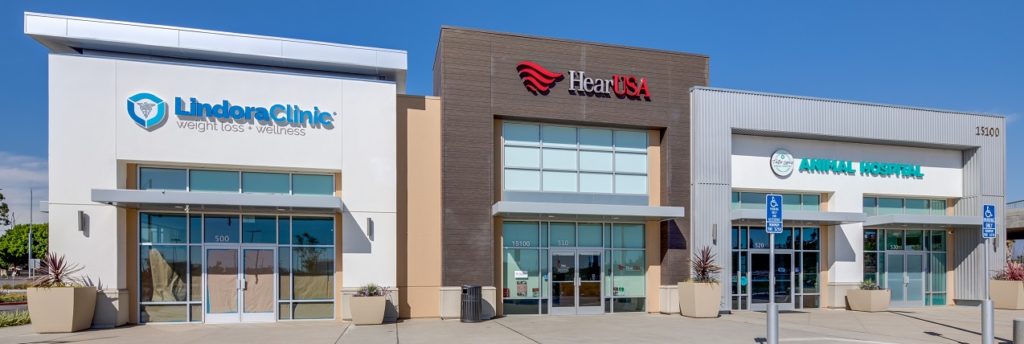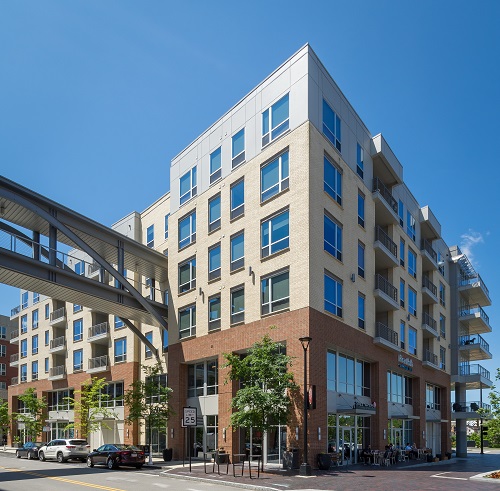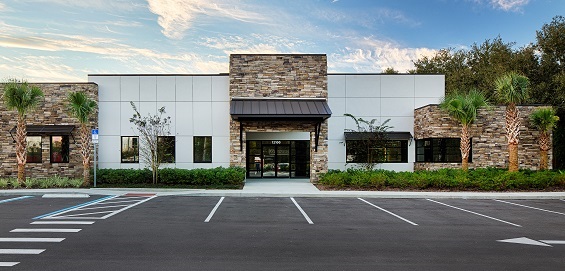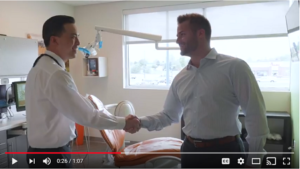What Does ‘Warm Vanilla Shell’ Mean?
Commercial real estate terminology is vast and many times confusing. Understanding terms and concepts is key to successfully evaluating options and making the right decision for your practice. ‘Warm Vanilla Shell’ is one of those concepts that is important to understand when evaluating the initial condition of your space.

Let’s break down the meaning:
- Warm: the space does have an HVAC system connected and functional, or at least is attached to the premises and ready to be hooked up. Warm means the space can be heated and / or cooled without adding a new HVAC system.
- Vanilla: typically refers to the space having finished exterior walls with drywall, a drop-grid ceiling with ceiling tiles or a drywall ceiling, with lighting installed, HVAC that is distributed, and often also includes some level of additional build out such as a finished restroom(s) with running water, sewer, plumbing, fixtures, etc. The space may also contain some level of additional build out such as any amount of offices or additional walls and interior rooms.
A Warm Vanilla Shell is essentially a space with HVAC and the four walls and ceiling being finished.
Many landlords of both retail and office buildings will prepare a vacant space in the condition of a Warm Vanilla Shell delivery so that certain tenants might be able to immediately move in with very minor adjustments to the space or with simply the installation of their tenant specific furniture, fixtures and equipment.
However, there are some tenants who prefer a Cold Gray Shell vs. a Warm Vanilla Shell if they have unique requirements for their mechanical systems, plumbing or other finishes. A Vanilla Shell might require the Tenant to replace some of the improvements a landlord may have already performed such as relocating the restrooms or upgrading their finishes, selecting a different type of ceiling and light fixtures and more.
Depending on the level of finishes in a Warm Vanilla Shell, it’s possible for a landlord to spend $50,000 to $100,000 in improvements that the tenant might immediately tear out or upgrade. Meaning, if the landlord spends money on a specific ceiling grid, lights and restroom location but the tenant wants something different, there can be a healthy waste of both time and money. That money would have been better slated for the tenant to use on the exact items and finishes they wanted verses what the landlord already put into the space.

While many retail tenants or traditional office tenants may prefer the delivery of a Vanilla Shell to expedite their occupancy and lower their expense of build out, most healthcare providers are much better off taking a space in a Cold Grey Shell format. The reason is that a healthcare tenant can better utilize the equivalent of the money the landlord would have spent on a space and instead utilize that money for the exact upgrades the tenant wants. There are times when the landlord has already spent the money on delivering a Vanilla Shell, which in that case you simply get what the landlord has already decided. However, there are also many situations, especially with new construction, where if you get to the property or landlord early enough in the negotiations that you can determine the type of delivery as part of your negotiations for the space.
Understanding these unique terms when evaluating spaces will help you make the most informed decision and give you an advantage during your negotiations.
For additional commercial real estate terminology, visit or glossary page by clicking here.
To find an expert agent representing healthcare practices in your area who can further explain these and other terms, click here.

